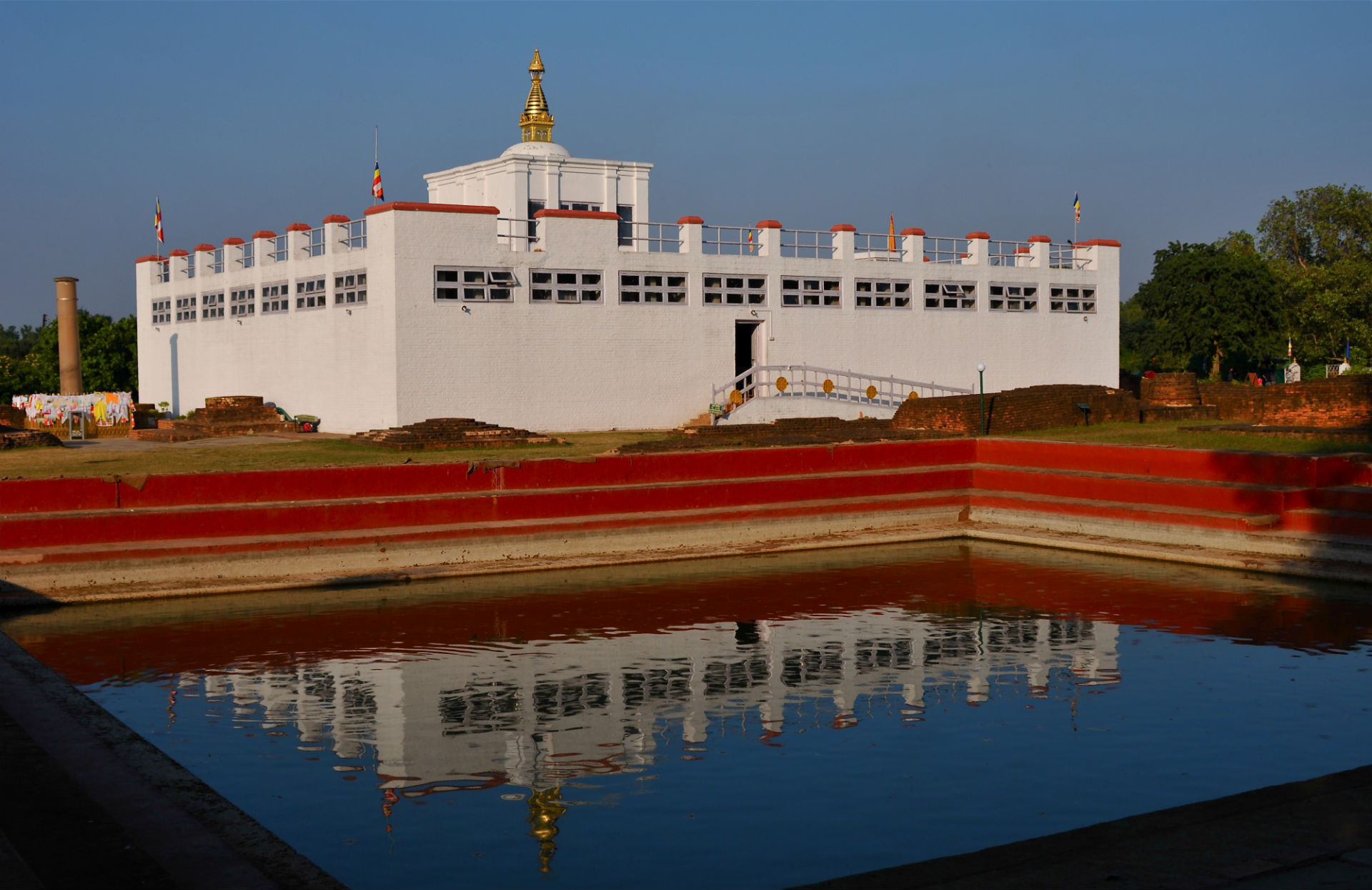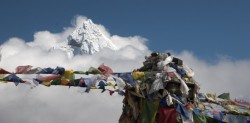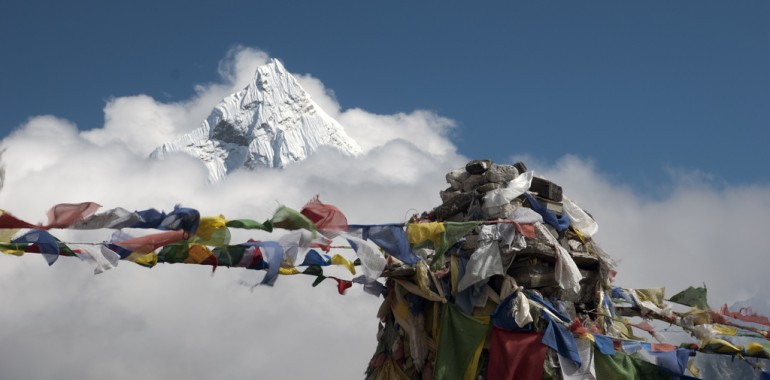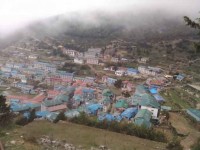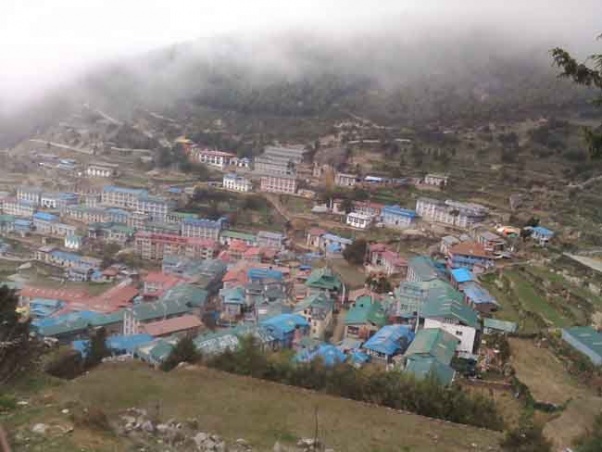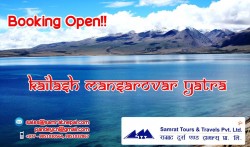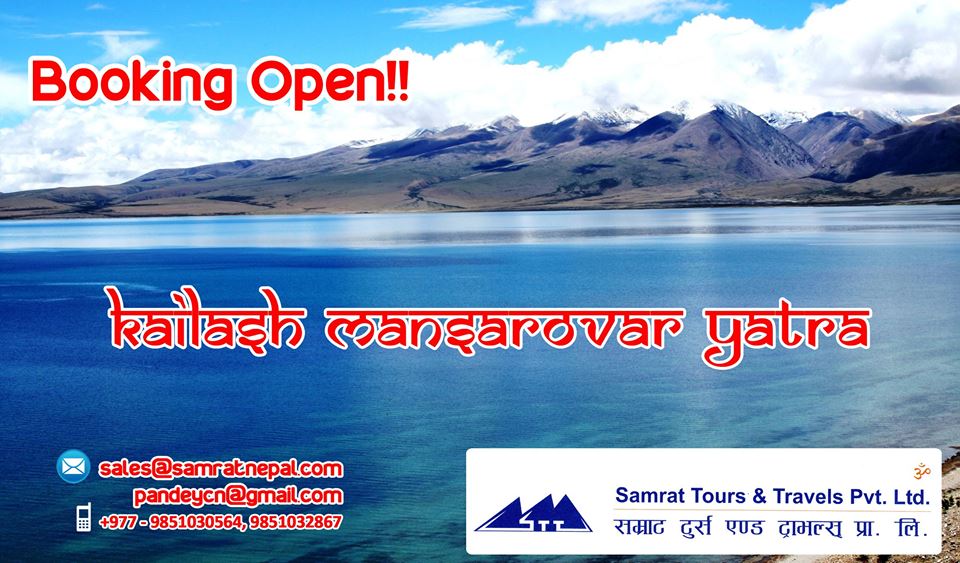A recurring question, perhaps fueled by poor journalism or by out-of-date advice from Governments, is ‘Is it safe to travel in Nepal ?
The short answer is yes, it is very safe in fact. Nepal feels more safe than most other countries around the globe, possibly due to the the religious nature of the people and their natural kindness. When Nepal shook under the impact of a 7.8 magnitude earthquake on April 25 followed up by a scourge of a series of powerful aftershocks, the country’s tourism industry was struck with a jolt of an equal magnitude.
“We have found more than 90 percent of hotels that we monitored safe to accommodate tourists,” Kosh Nath Adhikari, senior divisional engineer of DoT, said. “Of the eight five-star hotels in Kathmandu, six have received green stickers while New Baneshwar-based The Everest Hotel has received red sticker. We are yet to assess the buildings of Hotel Yak & Yeti. “The five-star hotels, which have been declared fit to accommodate guests, are Radisson Hotel Kathmandu, Hotel Shangri La, The Malla Hotel, Hotel Annapurna, Hyatt Regency Kathmandu and Soaltee Crowne Plaza.We must be able to tell them that yes we have suffered collapsed structures, but still we have many places where you can visit,” Baral said. Pointing out that Lumbini and Pokhara remained intact,
Baral emphasized the only two trekking routes in Manaslu and Langtang areas suffered the impact of natural calamity, but many other trek routes are safe. “It has been hard,” said Sujan Sijapati, operations manager for Intrepid Travel in Nepal. “The earthquake meant that the season finished early and we’ve already written off the coming month to focus on rebuilding for the coming season.”
Tourism is critical to Nepal’s economy. The World Travel and Tourism Council reports that the industry contributed 8.9% to Nepal’s gross domestic product in 2014, supporting 1.1 million jobs. Before the earthquake, Nepal was the 26th fastest-growing tourism economy out of 188 countries. Most importantly, in the long term, it is essential that people travel to Nepal again in the future and contribute to its recovery by spending generously.
I recently spoke to .Dipendra Adhikari Tourism Entrepreneur and he said this season has ended early .He added we shouldn’t loose hope and we should be prepared for the Autumn season. For decades, tourism has been one of the pillar industries of Nepal and the main source of its foreign exchange reserve. No Doubt ,After things return to normal, Nepal should make more efforts to attract more tourists, who have become one of the largest groups of globetrotters and spenders in recent years.
After All Tourism is for All and It is a most promoting Industry ,we should not let this industry with a way ,Always need the unified vision and Action to establish this industry forever.
Follow and share our more detail from our social media ; Facebook, Pinterest and Twitter.
Source: www.ajeybharat.com







